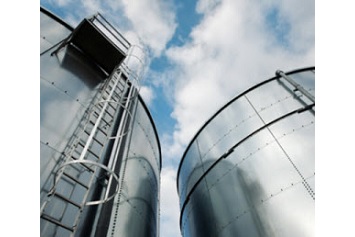As the Trump administration works to dismantle and reduce regulation, OSHA has moved forward with a significant new initiative. Get important details here.
 |
OSHA’s new Chemical National Emphasis Program (NEP) will bring regulatory attention to facilities with highly hazardous chemicals in amounts at, or greater than the threshold quantities listed in the agency’s Process Safety Management (PSM) standard at 29 CFR 1910.119.
New guidance published by OSHA advises national and area offices on how to conduct the emphasis program at workplaces, including petroleum refineries, that are covered by PSM. Both programmed and unprogrammed inspections associated with the NEP will begin immediately in all regions.
In the past, OSHA conducted inspections of facilities covered by PSM through an instruction specific to petroleum refineries, or an instruction specific to all other PSM-covered sites excluding refineries. The new instruction, dated January 17, 2017, applies to all facilities. Explains OSHA, “NEP inspections conducted at petroleum refineries will be conducted in the same manner as NEP inspections conducted at all other facilities covered by this instruction.” As well, OSHA has clarified that targeted sites include pyrotechnic manufacturing facilities.
As part of the initiative, the agency plans to establish inspection targets within four categories:
- Employers with anhydrous ammonia as their principal highly hazardous chemical,
- Refiners,
- Chemical manufacturers, and
- Others.
Because the hazards are national in scope, OSHA says state plans are required to participate in this program. Non-federal state programs must notify OSHA within 60 days whether their emphasis programs will be identical to, or different from the federal initiative. State plan adoption, either identical or different, must be accomplished within six months.
Continuation of a Successful Approach
According to OSHA, previous emphasis programs for PSM-covered workplaces (the most recent ended in 2011) succeeded in increasing the number of sites inspected. A pilot program implemented in 2011 used an inspection method that helps preserve resources, allowing a higher number of inspections.
OSHA says it launched the latest emphasis program “based on the enforcement data, feedback from OSHA personnel, and the continuation of a large number of significant petroleum refinery incidents in the United States.”
Underscoring the need for ongoing enforcement, agency officials point to incidents, including these, in recent years:
- A heat exchanger catastrophically erupted, causing an explosion and fire killing seven workers.
- A crew was realigning pumps due to a pump seal leak in an isomerization unit when flammable material was released, forming a vapor cloud, and ignited. The fire killed one worker and hospitalized three.
- An explosion and fire killed a worker attempting to light a process heater at a catalytic cracking unit.
